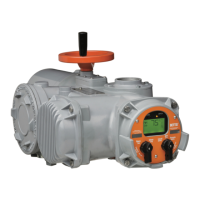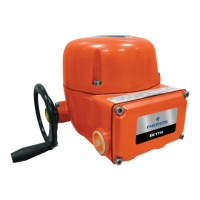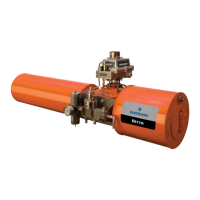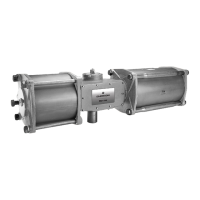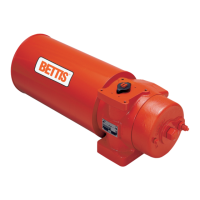How to fix a hard to turn handwheel on an Emerson Bettis 500?
- AAmy HensonJul 31, 2025
If you find the Emerson Controller handwheel hard to turn, several factors could be contributing. The valve stem may be improperly lubricated, requiring lubrication with grease. Alternatively, the actuator lubrication may have broken down, necessitating cleaning out the old grease and replacing it with the recommended lubricant. Also, the valve packing gland might be too tight, requiring you to loosen the packing gland nuts as necessary. A drive sleeve bearing failure could also be the reason, which would mean bearing replacement. Lastly, a jammed valve could be the cause, requiring you to refer to valve maintenance procedures.
